
When it comes to coffee liqueur nowadays, the options available go far beyond that old classic, Kahlua. Bartenders in particular have come around to the joys of using coffee liqueur and other coffee spirits in cocktails, adding a bit of caffeine and some roasted chocolate notes to drinks like an Old Fashioned, Manhattan, and many others. Here are six coffee spirits to try now, from classic infused liqueurs to a bourbon that is cut with cold brew.
Mr. Black Single Origin Cold Brew Coffee Liquor

Mr. Black’s original Cold Crew Coffee Liquor became a hit here in the U.S. when it first came out a few years ago. The Australian brand uses a cold extraction slow-drip method, with no other added flavors, to produce this sweet coffee liqueur. Well-known bars like Dante and The NoMad have fallen in love with it as well. The latest expression is this single-origin version of the original. There are just 6,000 bottles available, 600 of which are for sale here in the States.
Rhine Hall Coffee Liqueur
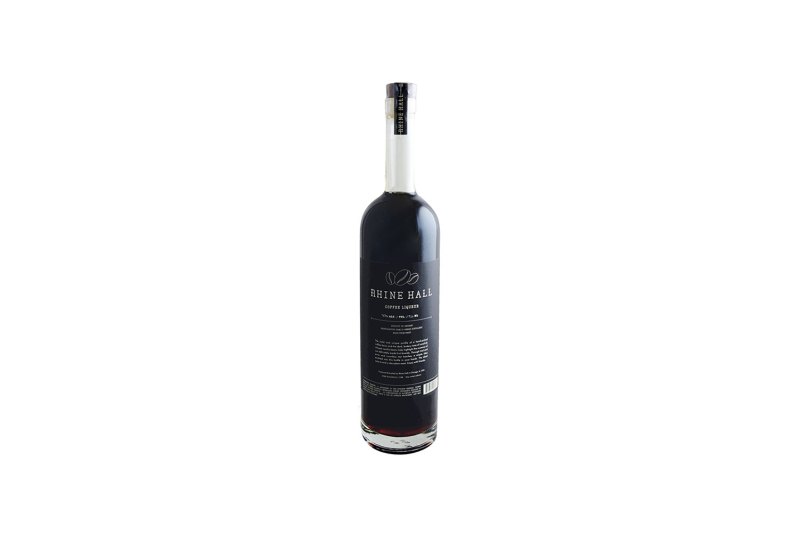
Rhine Hall is a distillery and bar in Chicago that focuses on fruit brandies, with expressions made from apple, plum, pear, cherry, and apricot. A new release from the distillery is this coffee liqueur that was originally an exclusive only available at Alinea and The Aviary, but is now for sale at the distillery and other shops. It’s made using the distillery’s Barrel Aged Pineapple Brandy, which is infused with coffee and vanilla beans. This gives it a strong spirit-forward character, with a touch of sweetness and caramel, and a nice coffee jolt in every sip.
Maggie’s Farm Coffee Liqueur
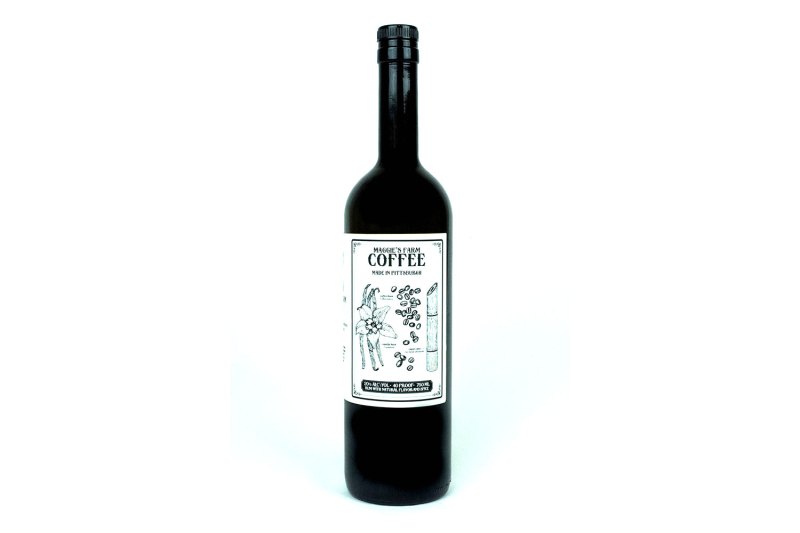
Pittsburgh seems like an unlikely home for a rum distillery, but that’s where you’ll find Maggie’s Farm. The rum is distilled from raw cane instead of molasses using pot stills, and no sugar or flavor is added. The distillery’s coffee liqueur is made by blending cold brew coffee with white rum, then adding brown sugar and vanilla extract. The result is a coffee liqueur that has a decidedly funky rum undercurrent, setting this apart from others of its kind.
Jägermeister Cold Brew Coffee
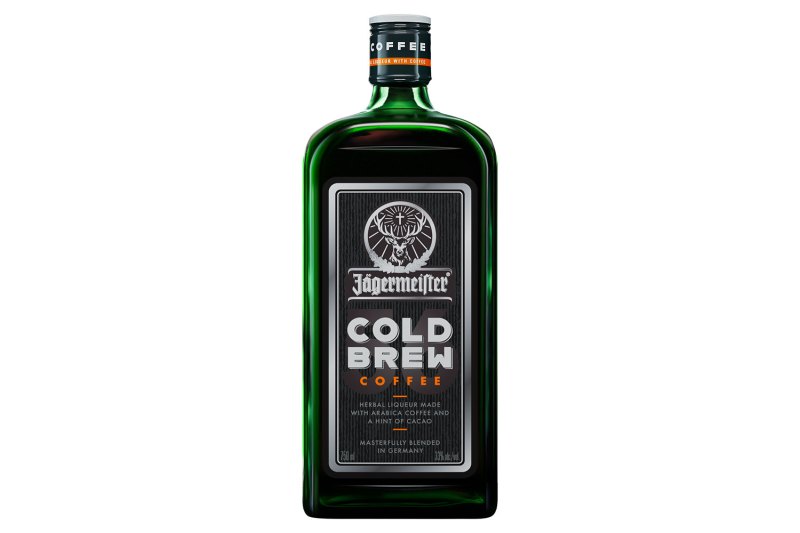
Jägermeister has been getting a reboot over the past year or two, starting with the release of Manifest, which is barrel-aged and uses more herbs than the original. The latest new product is Jägermeister Cold Brew Coffee, which basically adds coffee and cacao beans to the formula resulting in a liqueur that is decidedly recognizable as Jäger, but with an undercurrent of coffee. This will not appeal to everyone, but fans of Jäger, and amaro in general, should give it a try.
St. George NOLA Coffee Liqueur
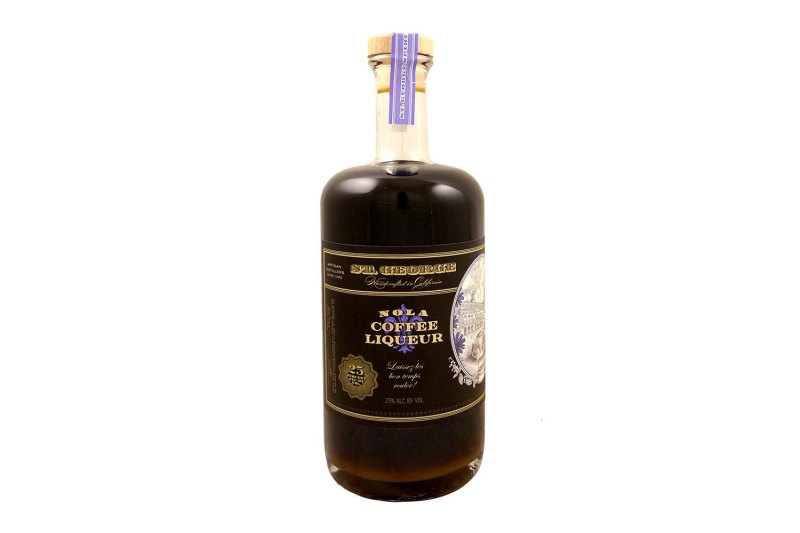
This spirit from California’s St. George Spirits was inspired by the flavors of New Orleans. It’s made using coffee beans, chicory root, Madagascar vanilla, and organic cane sugar, and the final product is a drink that can be served neat or used to make a cocktail. The distillery chose to use Yirgacheffe coffee beans, based on what it describes as their bright and fruity qualities.
FEW Cold Cut Bourbon
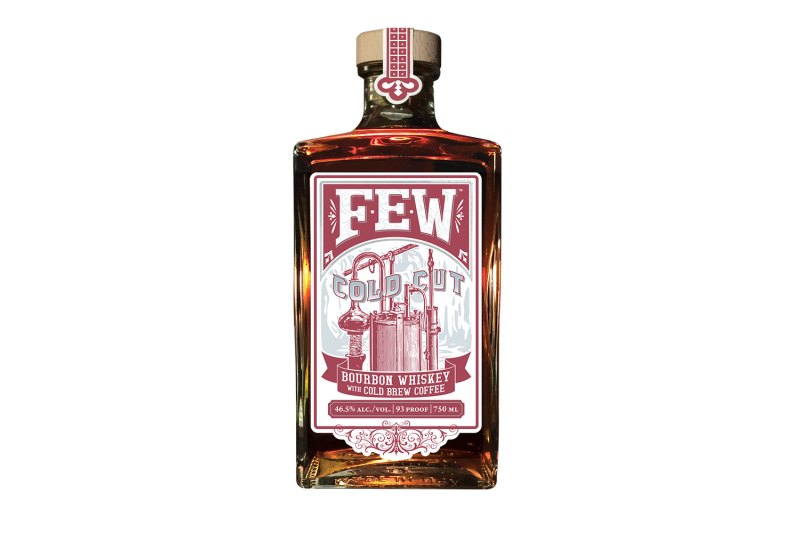
FEW Cold Cut is barrel proof bourbon distilled at the Evanston, IL distillery that is cut using cold brew coffee instead of water after maturation. According to founder Paul Hletko, the bourbon comes out of the barrel at about 120 proof and is proofed down to 93 after adding the coffee. This makes it a “distilled specialty spirit” according to the TTB, but it is just bourbon and cold brew with no flavoring, sugar, or anything else added. This spirit is an odd one. There are some chocolate and cherry notes on the palate, but at first sip the coffee element is fairly subtle, although you can tell there is something different going on here. But try this in a cocktail like an old fashioned or Manhattan and the mingling of coffee and bourbon starts to make a bit more sense.



